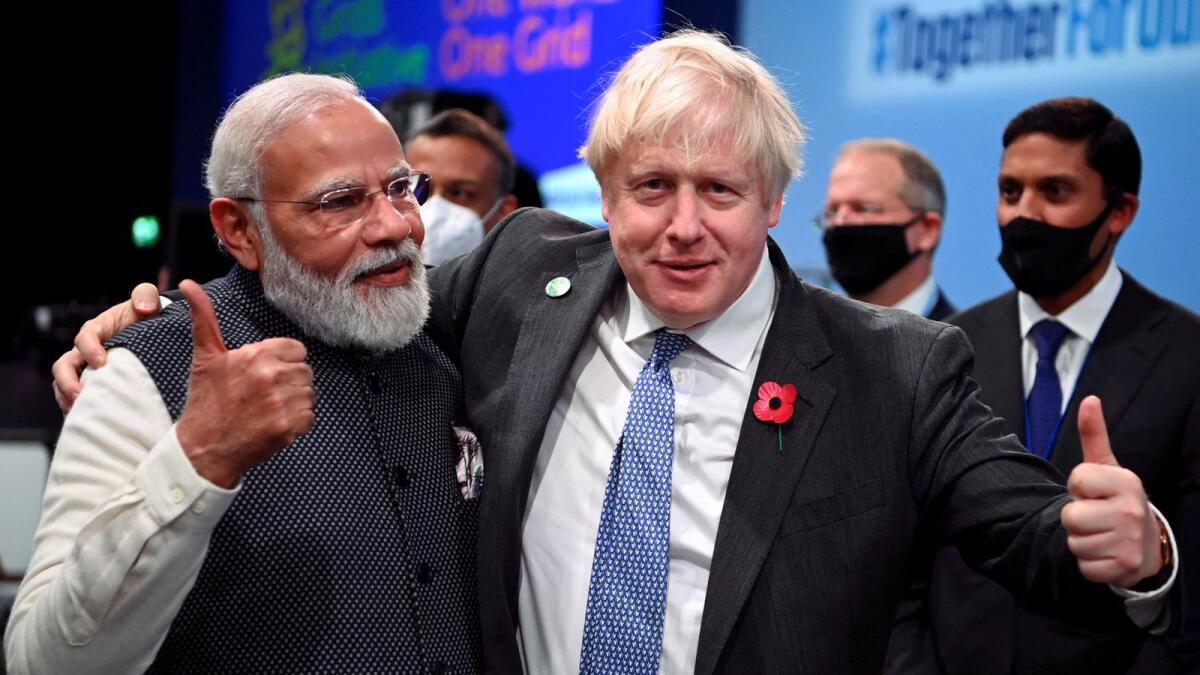Negotiations on the India-UK Free Trade Agreement: Only a comprehensive deal will allow both sides to succeed
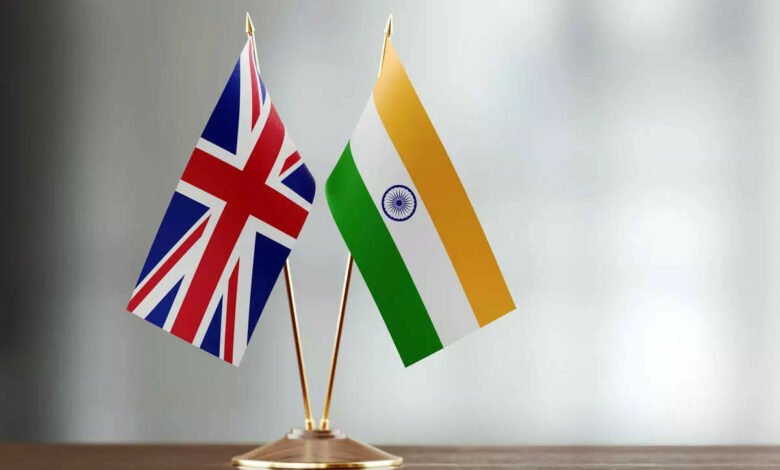
Negotiations on the India-UK Free Trade Agreement: Only a comprehensive deal will allow both sides to succeed
It matters to businesses and consumers in both nations (India & UK) and the international community when the world’s fifth and sixth largest economies initiate trade discussions. As discussions for a Free Commerce Agreement between India and the United Kingdom continue, there is considerable hope that the agreement will be a game-changer for trade, investment, and job development. It’s a win-win situation for both countries. But only if the arrangement is comprehensive, deep, and includes commodities and services.
Recently, both nations have been negotiating additional arrangements — India with Australia and the UAE and the UK with New Zealand and Australia.
Negotiations between two economies of the magnitude, depth of involvement, and complementarity of the UK and India, on the other hand, should be more ambitious than those with these other countries. The award is significantly more outstanding.
That is why, throughout the process, we have witnessed political determination and ambition. It was clear when Ministers Goyal and Trevelyan initiated the discussions in January, and when Prime Ministers Johnson and Modi continued the conversations in April. It has also been apparent during the negotiating teams’ three rounds of negotiations thus far. This is why a political will is so important.
Business excitement is also high. Businesses also want an agreement that is comprehensive, covers both the goods and services sectors and includes objective measures that make doing business more straightforward. Tariffs, non-tariff obstacles, IP, digital and data services, and investment must all be addressed in order to realize the potential fully.
Taxations
Lower tariffs will allow companies to trade at lower prices, allowing new companies to export and current exporters to expand. Lower costs help consumers. Alcoholic beverages, food, textiles, and healthcare are all industries where genuine gains may be made.
According to World Bank estimates, the UK bought little under USD 2 billion worth of textiles and garments from India in 2019. It imported about USD 3.7 billion from Bangladesh in the same year, nearly doubling the overall value. Bangladesh, along with other South Asian nations, has a considerable tariff advantage over India. If tariffs on textiles and allied items were eliminated as part of a UK-India FTA, India’s proportion of UK imports would increase.
Non-tariff obstacles include standards, customs procedures, and other non-tariff impediments.
To realize the full potential of the India-UK partnership, non-tariff obstacles to goods trade must be reduced, such as by harmonizing standards and streamlining complex and costly customs procedures. Food and beverage, as well as life science and healthcare, are two industries that may receive priority, similar to tariffs. As a consequence, businesses will be able to trade more readily, and consumers will have more access to their products.
Our service industries may also increase, especially if qualifications in fields like accountancy, architecture, and legal services are mutually recognized.
IP addresses and data

IP protection and data protection regulation alignment will be critical for development in the innovative, tech-rich, and digitally-driven future-focused businesses that will drive UK-India trade expansion. Digital technology, data, and information sharing are becoming increasingly crucial across all service sectors and are hence critical to services superpowers like the United Kingdom and India.
Work, education, healthcare, shopping, and banking are all increasingly done on digital platforms; therefore, this is a trading deal that was negotiated in a very different environment two years ago. Positive changes and agreements will assist more SMEs in accessing the market in all of these situations – tariffs, customs processes, standards, IP, and data – since it is these enterprises – the backbones of both economies – that lack the wherewithal to overcome the present trade obstacles. It’s not just about commerce, either.
Investor confidence is high
Investor confidence will be critical in increasing and extending employment creation in India across all industries. The Indian government has made several very significant actions, the most notable of which is the revision to the retroactive tax bill. If both governments go even further and successfully negotiate an Investment Chapter under the FTA, it will assist in stimulating two-way investment flows, resulting in increased prosperity and employment in both nations. For India, this means that more UK firms will be manufacturing in and exporting from the country.
Win-win
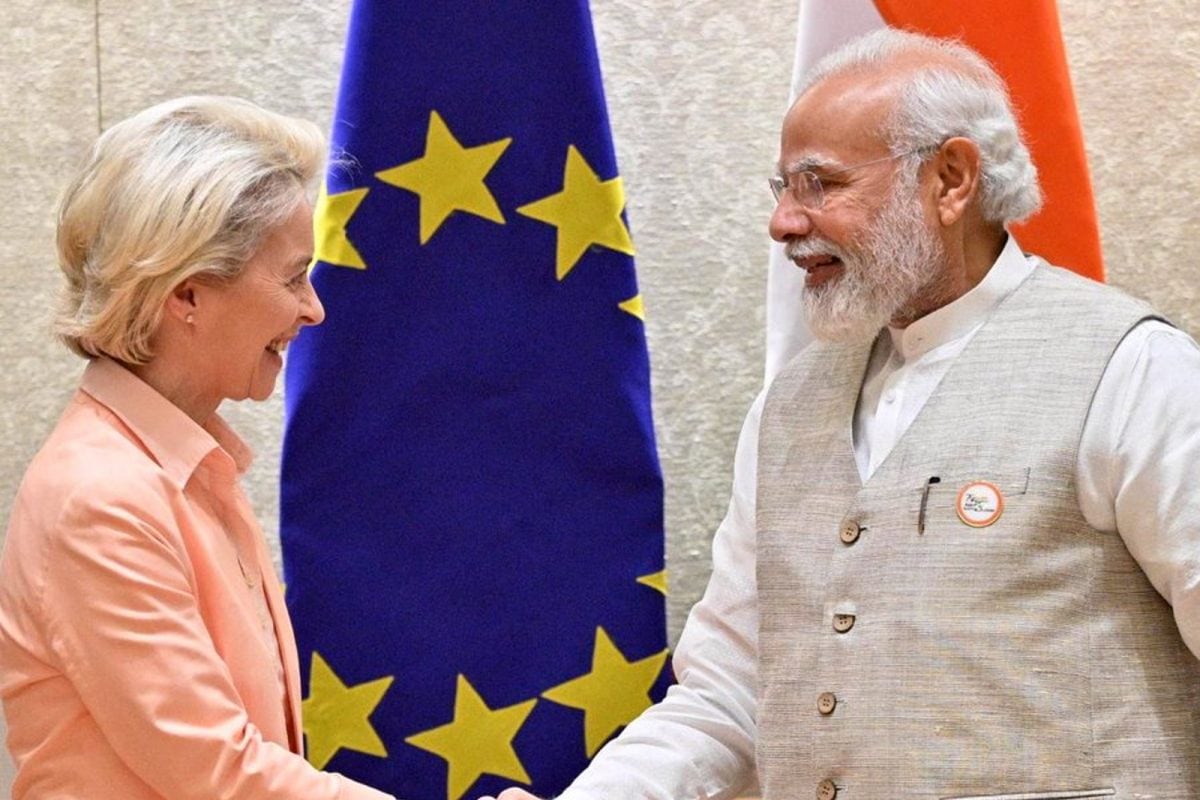
Companies in the United Kingdom recognize and support Prime Minister Modi’s goal of making India self-sufficient. According to a poll conducted by the UKIBC in 2021, 65 per cent of UK firms saw Atmanirbhat Bharat as a chance to do more business with India.
As a result, if the FTA strengthens investor protections and makes it easier and less expensive for companies to import goods and services from our open, global economy, we can expect increased investment, thousands of new jobs and more world-class technology to be transferred to and created in India. India and the United Kingdom are already strong allies, and successful FTA discussions might strengthen our bonds much more.
What is the UK-India Free Trade Agreement?
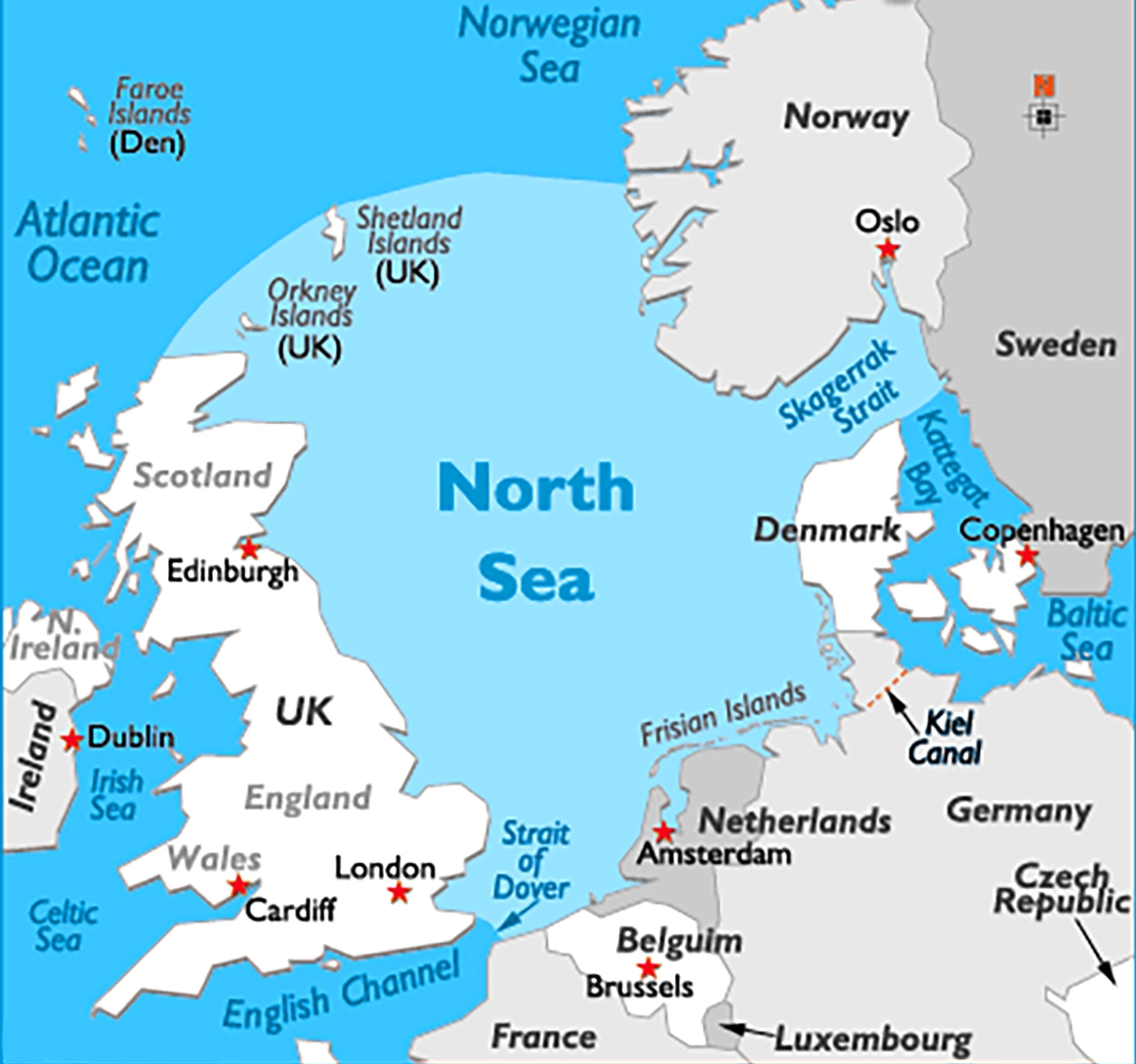
New Delhi: British Prime Minister Boris Johnson’s visit to India on April 21 and 22 is likely to offer a massive boost to bilateral free trade agreement discussions between India and the UK, which began in January 2022 with a deadline of the end of the year for an interim agreement.
The interim (early harvest agreement) accord aspires to cover up to 65% of products and up to 40% of services. The coverage for items is likely to increase to “90 plus %” by the time the final agreement is signed. “Early harvest agreements are used to open up bilateral commerce between two nations on a limited range of commodities and services, generally as a prelude to a more comprehensive free trade agreement.
This FTA is significant for the countries because trade deals with the UK have the potential to boost exports for large sectors such as textiles, leather goods, and footwear, which, given the scale of these industries, will increase employment opportunities “Victoriam Legalis – Advocates & Solicitors Senior Partner Mukul Chopra stated.
Other nations’ Free Trade Agreement
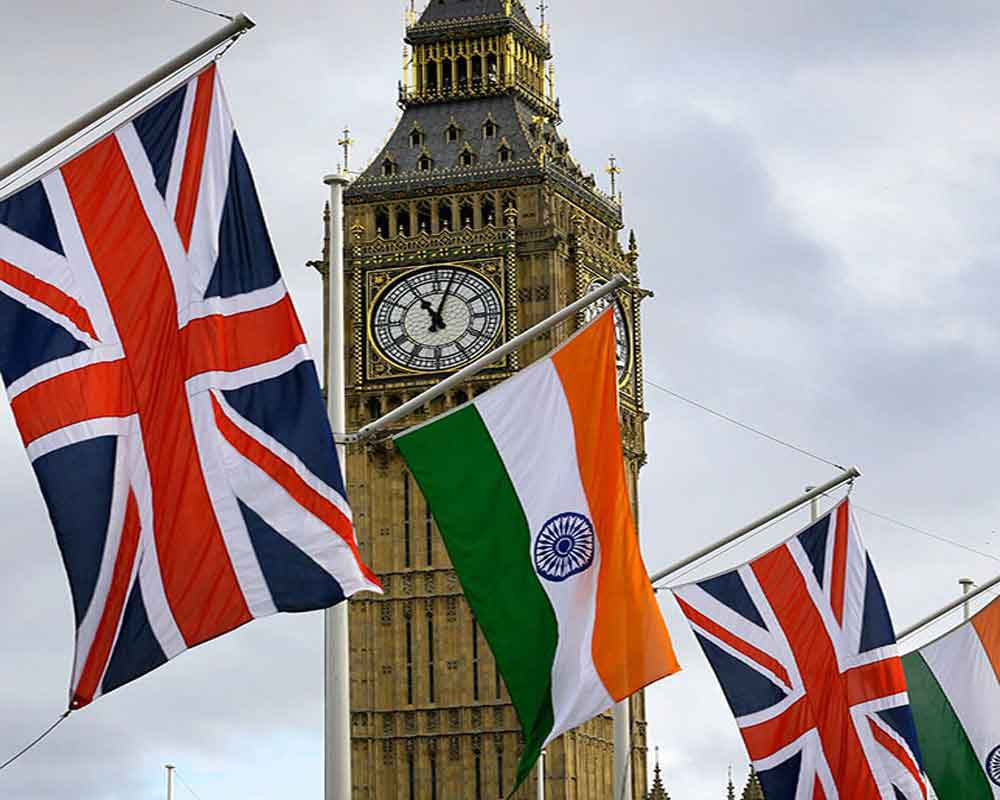
India and the UAE signed a comprehensive economic partnership deal in February 2022, which includes a free trade pact (FTA). India’s sixth significant FTA is with the United Arab Emirates. India has already struck trade agreements with Australia and Israel this year, with another likely to be finalized later this year. In 2006, India signed a Free Trade Agreement (Safta) with its seven South Asian neighbours. It inked separate free trade agreements with South Korea, Japan, and the ten nations that made up the Association of Southeast Asian Nations in 2011.
Johnson is scheduled to sign deals in a variety of industries during his visit, including defence, security, and education. India and the United Kingdom now trade for roughly $50 billion, including $35 billion in services and $15 billion in products.
“In these uncertain times, India, as a significant economic power and the world’s largest democracy, is a precious strategic partner for the United Kingdom.”
“My visit to India will focus on the issues that matter most to the people of both countries, such as job creation and economic growth, as well as energy security and defence,” Johnson stated ahead of the trip.
From April 25 to May 1, India will host the third round of talks on the Free Trade Agreement with the United Kingdom.
The two nations shared the draft treaty language encompassing 26 chapters or policy areas during the second round of discussions in March. The two parties have finished discussing four chapters and have made substantial progress on the remaining 22 chapters, according to reports.
What is the definition of a free trade agreement?
FTAs are agreements between two or more nations or trading blocs to decrease or remove tariffs and non-tariff obstacles to considerable trade between them. FTAs usually encompass goods (such as agricultural or industrial items) or services (such as financial services) (such as banking, construction, trading, etc.). Other sectors that FTAs can cover include intellectual property rights (IPRs), investment, government procurement, and competition policy, among others.
What are the benefits of a free trade agreement?

- Exporters prefer free trade agreements over multilateral trade liberalization because they receive preferential treatment over competition from non-FTA member countries. For example, ASEAN has a free trade agreement with India but not with Canada. The customs charge on leather shoes in ASEAN is 20%; however, it was cut to nil through the FTA with India. Assuming all other costs are similar, an Indian exporter of shoes will be more competitive than a Canadian exporter of shoes due to the duty preference. Second, FTAs may shield local exporters from losing out to international enterprises that may benefit from other FTAs’ special treatment.
- Increased foreign investment from outside the FTA is a possibility. Consider the case of two nations, A and B, who have an FTA. A country with a high tariff and a vast domestic market is Country A. Firms headquartered in nation C may opt to invest in country A in order to serve the local market of that country. However, if A and B sign an FTA and B provides a more robust business climate, C may choose to establish its facility in B to serve A.
In terms of free trade agreements, where does India stand globally?
With roughly 54 nations, India enjoys privileged access, economic cooperation, and Free Trade Agreements (FTA).
With 18 groups/countries, India has signed bilateral trade agreements in the form of Comprehensive Economic Partnership Agreements (CEPA), Comprehensive Economic Cooperation Agreements (CECA), Free Trade Agreements (FTAs), and Preferential Trade Agreements (PTAs).
“India is one of the Asian nations with the most FTAs in existence, under negotiation, or in the planning stages. Metal, textile, machinery, cement, agricultural, and gem and jewellery are significant industries on which tariff concessions have been provided in the past, according to certain major trade agreements inked by India, such as the ASEAN–India FTA, India–Japan CEPA, and India–Korea CEPA “Deloitte & Touche LLP stated.
According to data from the Ministry of Commerce and Industry, bilateral commerce between India and other SAFTA member nations surged from US$6.8 billion in 2005–06 to US$28.5 billion in 2018–19 as a result of the trade agreements.
What is the purpose of the trade between India and the United Kingdom?
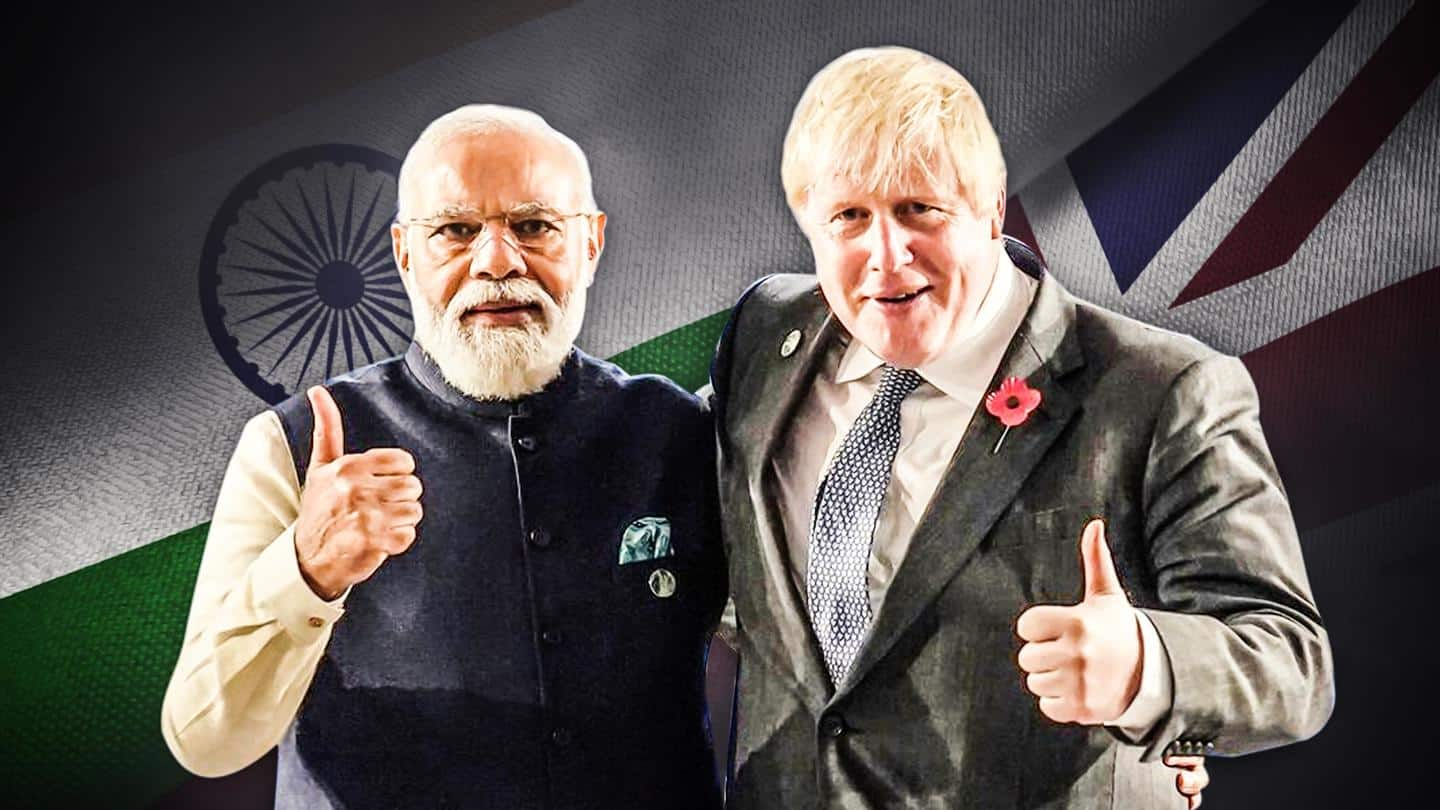
India is now one of the top two FDI sourcing markets for the UK. Indian businesses contribute significantly to the UK economy by producing employment and paying taxes. Despite the uncertainties surrounding Brexit, the number of Indian.f.2136irms operating in the United Kingdom climbed from 800 in FY2017-18 to 850 in FY2019-20, employing a total of 110,793 people.
With a cumulative equity investment of US$29.6 billion between April 2000 and September 2020, the UK is the largest European source of remittances to India and the sixth-largest FDI source, accounting for about 6% of total FDI into India. According to Deloitte, the services sector drew the most foreign direct investment, accounting for 10.15 per cent of overall investment from the UK.
India’s economic and investment relationship with the United Kingdom is already successful since the UK is India’s seventh-largest export destination. From FY2009–2010 to FY2020–2021, bilateral commerce between the two nations grew by 22.7 per cent (exports and imports combined).
Last year, readymade clothes, medical and pharmaceutical items, refined oil, textile fabrics, and metal makers made up the majority of India’s exports to the United Kingdom. Technical, trade-related, and other commercial services, professional and management consulting services, and travel are the top three services exports.
India’s imports from the United Kingdom have fallen from roughly US$ 5.2 billion in 2010 to around US$ 4.7 billion in 2020. According to a study paper by India Exim Bank, pearls, precious stones and metals, and equipment and mechanical appliances dominate India’s import basket from the UK, accounting for up to 36 per cent of India’s total imports from the UK.
Electrical machinery and equipment account for 8.3% of India’s total imports from the UK, followed by optical, photographic, and cinematographic apparatus (5.9%), iron and steel (4.8%), inorganic chemicals (4.7%), ships, boats, and floating constructions (4.5%), and aluminium and items (4.5%). (4.5 per cent).
Service Trade Relations between India and the United Kingdom
India and the United Kingdom have a significant services trade relationship that is nearly comparable to their merchandise commerce. In 2020, India will be the UK’s 10th largest service trade partner – the 20th largest export destination, accounting for 1.3 per cent of global services exports, and the 7th largest import supplier, accounting for 3.5 per cent of international services imports.
Proofread & published by Gauri Malhotra.

